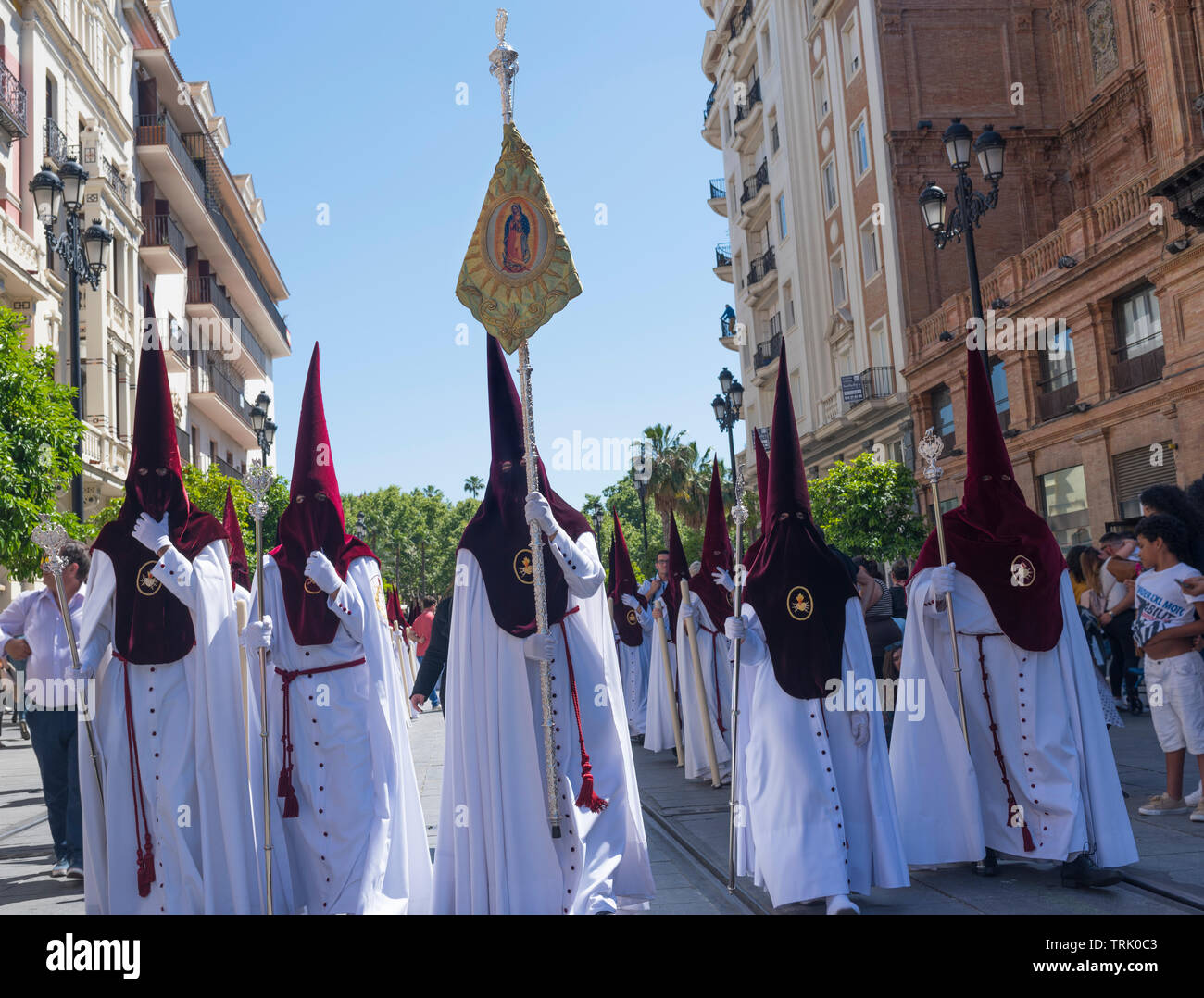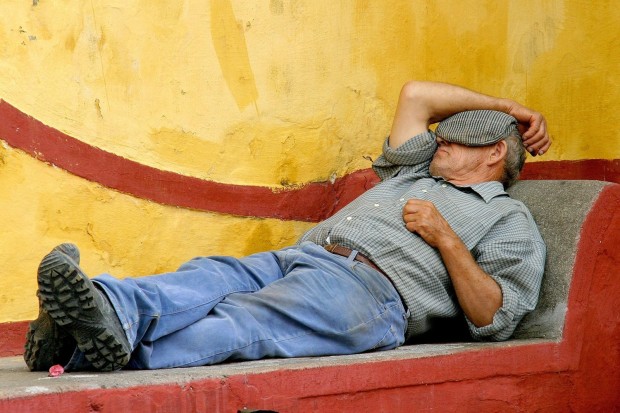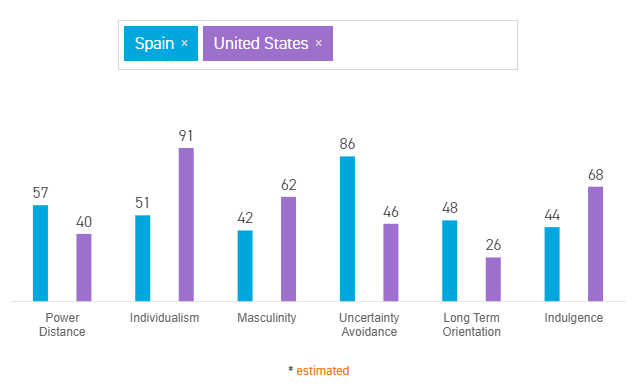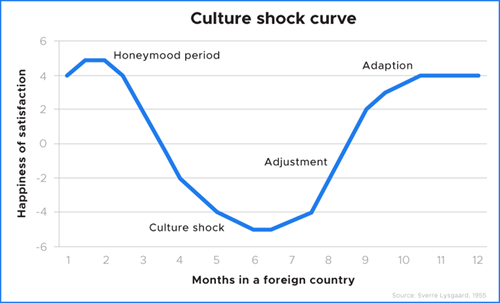Here I will highlight a few of the biggest cultural celebrations within Spain. If you can plan your travel around these times, they can be truly incredible and life changing experiences!!
First is La Semana Santa, or Holy Week. It is widely celebrated as Spain is a largely catholic country, during the week leading up to easter. There are various events that take place during holy week, but daily, parades can be seen on the streets of every major city in the country.

One cultural distinction that is important to note between the US and Spain is the hoods that have been traditionally worn during holy week since well before the US was discovered. They wear multicolored, pointy hoods, out of reverence for different saints. Unfortunately, the KKK in the US has a similar outfit, though the two could not be less related. Do not be surprised to see these hoods in parades if travelling during holy week!

Though Christmas is celebrated in Spain, traditionally, children receive their presents on El Día de los Reyes Magos, or Three Kings day. This shortly follows christmas on January the 6th. It represents when the wise men travelled to discover Jesus as a baby in the manger, and gave him gifts of gold, frankincense, and myrrh.

La Tomatina is a giant food fight. Literally. Starting in the late 1940’s, the town of Buñol, an hour drive from Madrid, has played host to one of the worlds largest food fights. It has grown so large that fire engines have to pressure wash the town square to clean up all the mess afterwards! It happens the last wednesday of every August, so travel around this time if tomato fights sound like an activity for you!

This is just a glimpse of some of the crazy and super cool holidays that take place in Spain throughout the year. These are once in a lifetime experiences that you will not want to pass up on if you have the chance to observe, or even participate!
Sadler, S. (2018). Top 7 cultural celebrations in Spain. Retrieved April 10, 2021, from https://capaworld.capa.org/top-7-cultural-celebrations-in-spain




